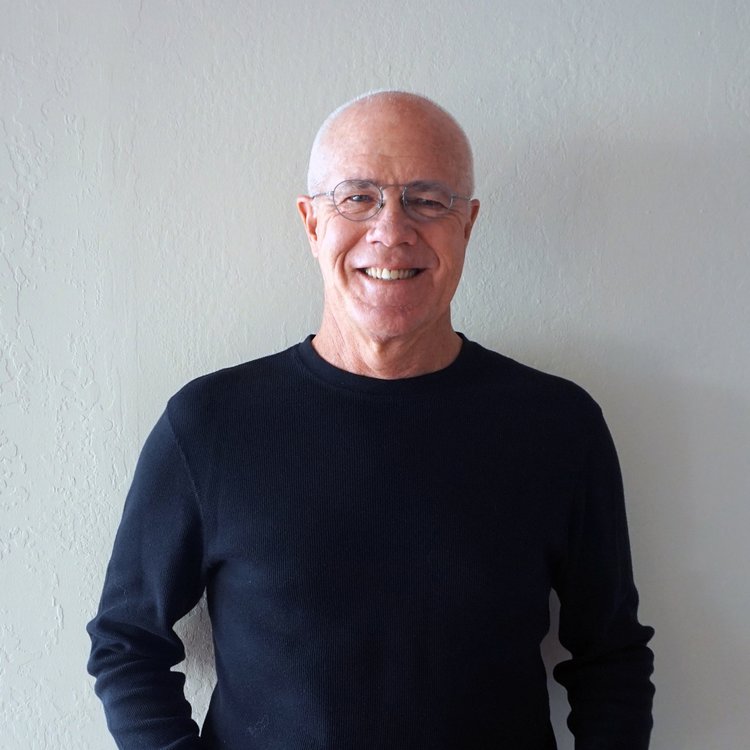First Hit: A totally enjoyable fun film to watch, if you know anything about music recording, 60’s, 70’s and 80’s bands, and the analogue digital argument.
There is no point is saying that analogue is better than digital. They both have their strengths.
Analogue recording means you've got to be able to play it right first. Digital means you can put pieces of good music together to make is sound like you play it right in the first place. Ok, that is not the only difference but it is important to note that recording in an analogue format means you've put the work in to get the music right.
Digital recording allows for more mistakes and fixing it on the back end. Digital recording is here to stay. The more sound is broken down into samples per second the better the sound. Meaning current CD digital sound sampling rate is 44,100 samples per second, and you get a good sound. MP3 (most all downloaded music) is compressed music which scrapes the edge of the musical information contained on a CD.
Then there is PONO which is Neil Young’s argument/solution by increasing the sampling to get nearly the perfect studio sound with fidelity that the musicians intended – it is like being there live. He does this by sampling at 192,000 samples per second to create the FLAC files.
Enough about this; this film is a journey through the analogue past to the digital present in music recording at Sound City Studio in Van Nuys, CA. Here, great works of music art were created on the Neve (analogue) music engineering board. Tom Petty, Neil Young, Frank Black, Rick Springfield, Lindsey Buckingham, Stevie Nicks, John Fogarty, and the film’s director David Grohl all recorded here and achieved a new level of fame while using the Neve board.
Nirvana’s break out album Nevermind was recorded on this board. Grohl’s wish to keep the board alive is the reason he did this film because he bought the board and installed it into his own studio. The achievements of making a band play songs together and recording on tape in this analogue format is what is important to him and others.
This film gives the history of the Neve board, about how bands work together to create sound, and the people and personalities of the people running Sound City. Although sometimes cheesy in its execution, the movie is heartfelt, interesting, fun, and watching Paul McCartney create with Grohl and his band at the end is phenomenal. As Grohl states: "The Beatles were the reason I got into music, and the Neve analogue board is why I'm still in music today".
We see real musicians working together to create sounds the music - the music of my life.
Grohl did an outstanding job of creating a story around the Neve board, Studio City the building, the people who worked there, and the musicians who came through this studio to record seminal hit records.
Overall: The small theater was full; the appreciation of this story was palpable in the room and I know everyone walked out with a smiling heart.
